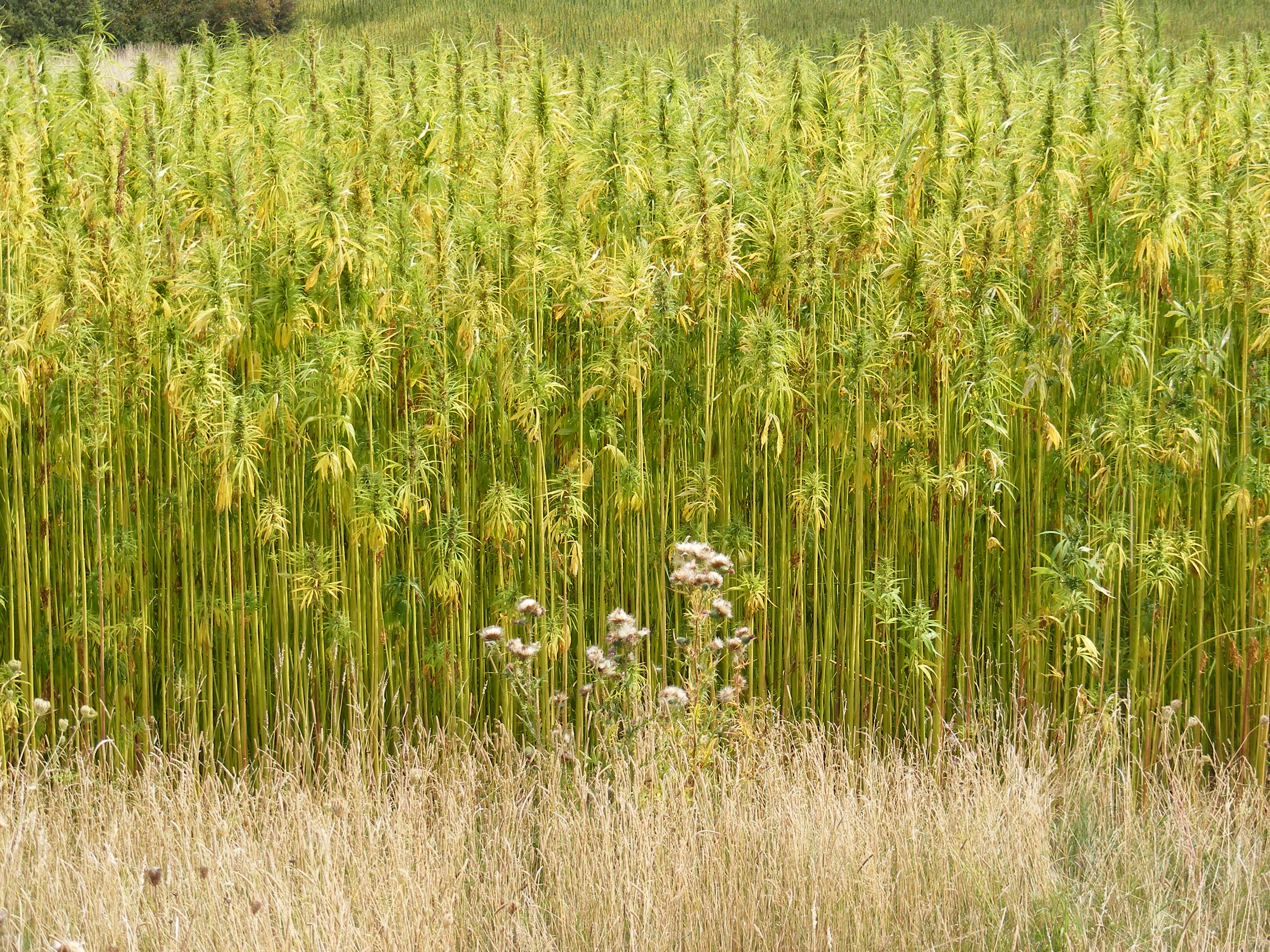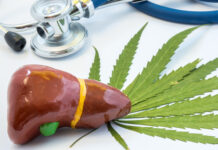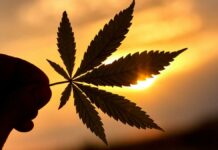While hemp and cannabis are visually similar, there is a big difference between the two on a chemical level. The cannabis plant is cultivated for its active cannabinoids, such as THC and CBD. The hemp plant, however, contains tiny amounts of THC and is specifically used to make a wide array of products from textiles, clothing, biofuel and even food.
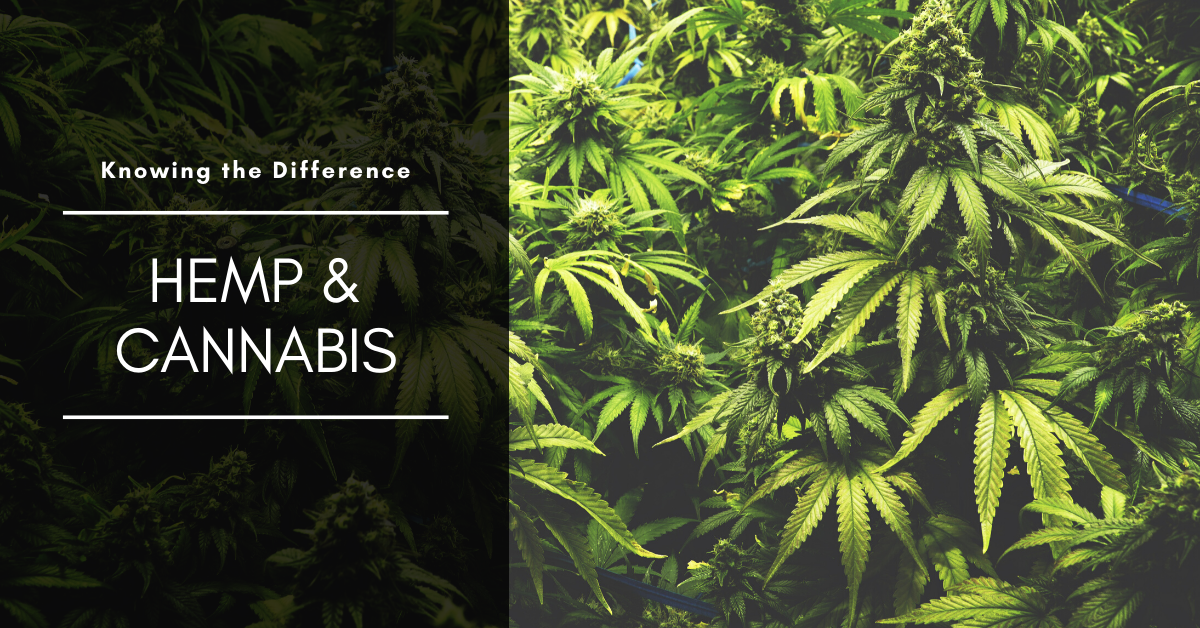
 A Tale of Two Plants
A Tale of Two Plants
Both hemp and medical cannabis are strains that originate from the Cannabis Sativa species. Despite their shared parentage, hemp and medical cannabis are vastly different in terms of cannabinoid concentration.
The main distinction between hemp and medical cannabis boils down to tetrahydrocannabinol or THC concentration. Generally speaking, hemp contains minimal amounts of THC and moderate to high amounts of CBD, when, in fact, medical cannabis can contain up to 30% THC.
Important note for medical cannabis patients: CBD does not produce intoxicating effects, whereas THC is responsible for psychoactive and intoxicating effects.
 What is Hemp?
What is Hemp?
The hemp plant is the non-psychoactive strain of cannabis. By law in Canada and the United States, industrialized hemp must not contain more than 0.3% THC. It’s important to note that these trace amounts of THC are too low to generate intoxicating effects. In contrast, hemp is known for having moderate to high amounts of CBD.
Hemp has proven to be one of the most versatile and useful plants on Earth, with industrialized hemp being used to create anything from food products, textiles, clothing, fuel, paper, plastic alternatives and even beauty and personal care products. Hemp is thought to have as many as 25,000 different real-world applications.
Currently, there are roughly 30 countries in Europe, Asia and North and South America that are cultivating hemp. Europe is the number one producer of hemp in the world, followed by South Korea and China.
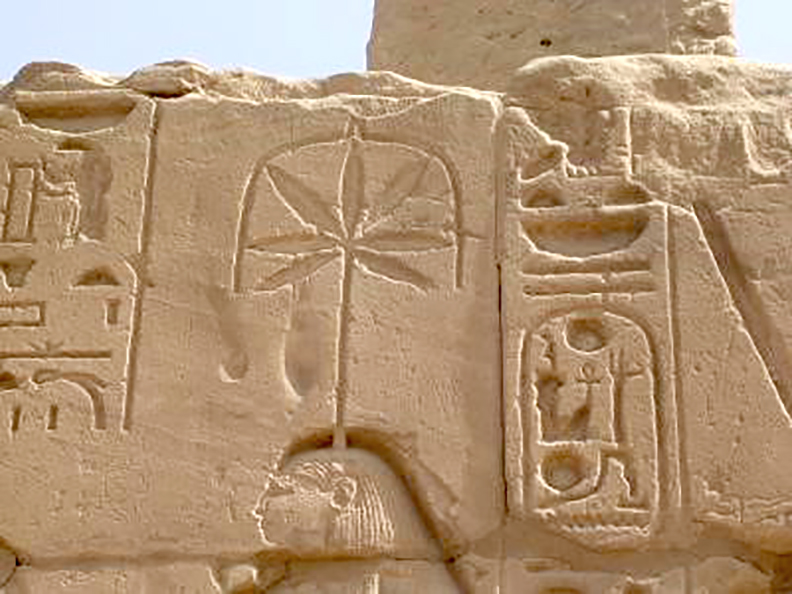 The History of Hemp
The History of Hemp
The ancient world has long recognized the hemp plant’s value as an extremely resourceful material. One of the earliest recorded instances of hemp use dates back to 8,000 B.C in ancient Mesopotamia, where archaeologists uncovered evidence of hemp cloth.
Ancient historical records also indicate that the world’s first paper was created by the Chinese using materials from the hemp plant.
Throughout the middle ages, hemp was vitally important in the creation of canvas for sailing ships as well as hemp rope and sealing materials. CBD harvested from hemp seeds and flowers were also used to treat cases of insomnia, arthritis, rheumatism, dysentery, and convulsions.
 One of the Naturally Strongest Materials on Earth
One of the Naturally Strongest Materials on Earth
Unlike delicate cannabis plants that are grown for medical use, hemp is a robust crop that can grow in harsh conditions and does not require much in the way of maintenance to cultivate and harvest.
As evidenced by its historical use as rope, hemp has the distinction of being an ultra-strong and durable fibre and fabric. It’s estimated to be 4 to 5 times stronger than cotton.
 How is Hemp Different Than Medical Cannabis?
How is Hemp Different Than Medical Cannabis?
From a visual standpoint, the hemp plant and medical cannabis plant look very similar. This confusion has often led to the United States law enforcement mistakenly seizing crops of hemp plants thought to be illegal cannabis plants. Currently, in the U.S, hemp is considered an agricultural product, while cannabis remains an illicit substance at the federal level.
Appearance-wise, cannabis plants will exhibit broad leaves with distinct bud development, while hemp plants are much taller and display much thinner leaves that tend to bunch at the top.
Do Patients Get “High” from Hemp?
In short, no. Legal hemp plants contain minimal trace amounts of THC – the main active cannabinoid that is responsible for psychoactive and intoxicating effects.
In addition to its versatility as an industrial and agricultural material, hemp contains high levels of CBD or cannabidiol, which is the cannabinoid responsible for providing help from inflammation, chronic pain, arthritis, insomnia, anxiety and more.
